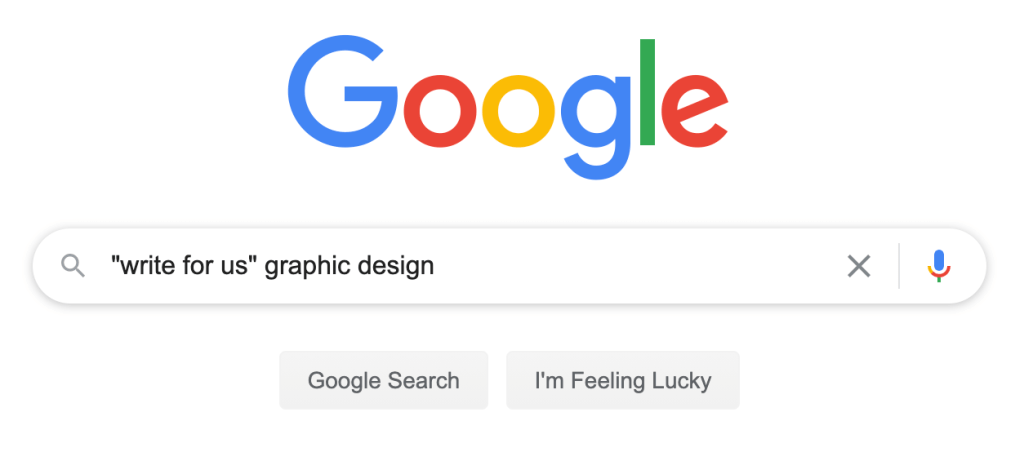Wondering how to get clients as a freelancer or contractor? Our guide explains more, as well as what you might need to include in a freelance contract.
- How to become a freelancer
- How to go self-employed in the UK
- How to register as self-employed in the UK
- Learn more about self-employed insurance
How to find clients
Going freelance can be a great move for many people.
But while freelancers and contractors enjoy perks like flexibility and the opportunity to choose who they work for, it can be difficult to find clients in the first place. This is especially true if you’re just starting out.
It’s not impossible, though. There are tried-and-tested methods you can put into action today to help you get freelance work. Some are quick wins, while others might take time – which ones will you use for your business?
How to get freelance work
1. Focus on a niche
Freelancers are often specialists in their chosen field, whether that’s writing, graphic design or IT.
But successful freelancers often go further. Choosing a niche helps you define which clients you want to work for – and makes it easier for potential clients to see what you can offer.
Think of your niche as your unique selling point. Instead of just being a copywriter, you might be a copywriter who focuses on sports fashion.
Alternatively, you might hone in on a particular service as your niche. For example, graphic designers could sell themselves as skilled Photoshop designers, or on designing conversion-driven emails.
2. Make the most of your existing network
Even if you’re just starting out, you might have an existing network made of close friends, family members, and people you’ve worked with in school or at university. And they’ll have people in their own professional networks who they could recommend you to.
If you’re experienced, you should have people you’ve worked with in the past who can give you recommendations.
Reach out to these people, without being too pushy. Some tips for maintaining your network include:
- keeping a contact tracking spreadsheet – if you’ve spent time building your network, it makes sense to keep track of your contacts. Use a spreadsheet to track their details, where you met, and how often you should get in touch (for instance, is this someone you should check in with monthly, quarterly, or yearly?)
- giving your contacts something useful – is there a useful article you can share with your contacts (even better, an article you’ve written)? Have you created anything that you’d like them to see? Or have you got any tips from a book you’ve just read?
- thanking them – this could be as simple as thanking someone for their time after meeting them, or as big as letting someone know you’ve appreciated their mentoring in the past
If you’re interested in expanding your network, it could be worth finding a coworking space where other freelancers and businesses are based. This can be great for meeting new people and business that could become potential clients.
3. Set up (and optimise) your website
It’s important to keep in mind that you’re running your own business – which means you need to do your branding and marketing yourself, too.
Creating and maintaining a professional-looking website should be top of your list. It’s essentially your shop window, which you can use to market yourself and showcase your work.
When you have a great-looking, well-maintained website, you can add links to specific pages (from your blog or portfolio, for example) in messages to people in your network.
And if you use search engine optimisation (SEO) effectively, potential clients should be able to find you in Google.
Your website doesn’t need to be flashy (although freelancers who work in web development or graphic design might want to stand out and showcase their expertise).
Be sure to show off your personality and include:
- an about page that explains clearly and concisely who you are, including your niche, experience and achievements
- your portfolio
- a blog – content marketing is a great way of talking about your field and establishing your expertise
- a contact form
Popular website builders include WordPress, Wix and Squarespace.
4. Write case studies
It’s easy to forget the advice, “show, don’t tell”. But when writing about pages for your website and building your portfolio, it’s important to include results, rather than simply what you did.
One way to make a big deal about your results is to write case studies. If you have a piece of work you’re proud of in your portfolio, why not take potential clients through the whole process? This makes great content for your blog.
You can discuss:
- your brief
- your creative process
- challenges you overcame
- the results (sales, leads, any any other clear metrics)
- testimonials
So when you get in touch with potential clients (or they get in touch with you), you’ll have an existing set of case studies you can use to pitch your services.
5. Write guest posts
It’s great to write articles for your own website, but you can build your brand by writing guest posts for well-known industry websites too.
One tip to find publications to write for is to search “write for us” (the quotation marks make sure Google searches for the phrase as a whole) then your field. For example, graphic designers should enter:

This will then give you a list of websites that accept guest posts. Make sure you research your options – check out the quality of the publication’s existing content, its number of followers, as well as whether it fits your particular niche.
And importantly, watch out for its submission process. It’s very likely that you’ll need to pitch your ideas first, so hold off on writing your piece in full.
6. Use social media effectively
There’s no getting around the fact that social media can be a great tool for finding clients.
Specifically, LinkedIn is likely to be the best platform for freelancers. You can look for jobs, let potential clients know you’re looking for work, follow clients you’re interested in working for, as well as share your own content (for example, blog posts from your own website).
Optimise your profile using keywords that recruiters are likely to be using to find freelancers in your field and niche. More LinkedIn optimisations include:
- using a professional profile picture
- add recommendations, skills and endorsements
- joining groups

Not only that, you can also contribute to discussions on social media, giving advice or recommendations.
While LinkedIn is brilliant for professionals, that’s not to say other platforms aren’t useful. It’s not unknown for people to find jobs on Twitter, and Instagram is a good tool for building your personal brand.
If social media makes you nervous, it’s a good idea to set a time limit on use each day. And try not to place too much importance on comments and likes. Just the act of sharing useful and interesting content can help you showcase your expertise and make new connections.
7. Use job boards
While trawling job boards isn’t usually an efficient use of time, they’re still useful to get a flavour of the type of work that’s out there, and an idea of which companies are hiring.
For starters, you can look at LinkedIn’s own job board, as well as places like indeed.co.uk and specific job boards related to your niche and industry.
If there’s lots of jobs available in a slightly different niche to yours, is there an opportunity to shift your focus, optimising your profile and CV so you can start applying for them?
And if you notice businesses are hiring in an area related to yours, that could mean they’ll have further opportunities coming up. Getting in touch with these businesses and pitching your services will put you ahead of everyone else.
Freelance contract – what do I need to include?
When you’ve found a job and have agreed to work for your client, it’s important to have a freelance contract template in place.
Your freelance contract should include (but isn’t limited to):
- the services you’re providing
- whether it’s for one job or project, or whether you’ll be working until a particular date
- the terms of your agreement
- payment terms – including the currency, how much you’ll be paid, and when you’ll be paid
- terms about reimbursing your expenses
- notice periods
- intellectual property terms
You should also think about your contract in terms of IR35 (the off-payroll working rules).
IR35 is a tax law that HMRC uses to determine whether you’re genuinely self-employed, or whether you’re essentially working for your client as an employee. If HMRC sees you as an employee, you’ll end up paying more tax.
HMRC will look at your contract in the event of a dispute, so it might be a good idea to get a professional to look over your contracts before starting work.
What are your tips for getting clients as a freelancer or contractor? Let us know in the comments below.
Are you protecting your business?
As the UK’s biggest business insurance provider, we understand the importance of protecting your interests. Why not take a look now and build a quick, tailored business insurance quote?
